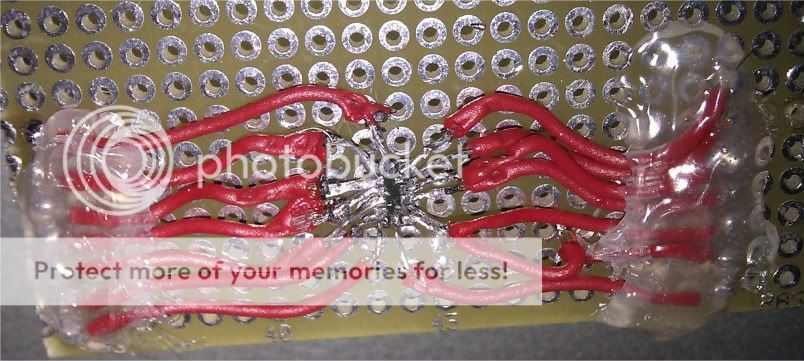Thanks for this blog post. I have been wanting to play with accelerometers for some time, so I gave the soldering a go.
On my first attempt at soldering I was using solid core wire. This put too much strain on the LGA pads, and some pads ended up coming off the the IC (especially when the IC was warm). I used the remaining pads as a testing ground to see how I could improve my technique.
Second time round I used multicore wire. It was a fiddly job, but gladly no pads became detached from the IC.

I was using a chisel-ish tip.

The pads can become detached from the IC very easily, so strain relief is a must. I filled the entire board with hot-melt glue.

It looks quite cool...but does it actually work? Off to test it, wish me luck!